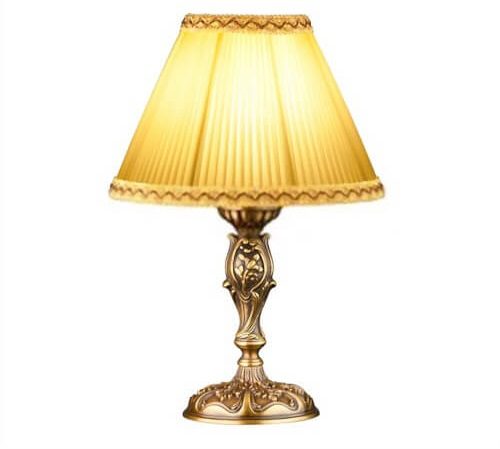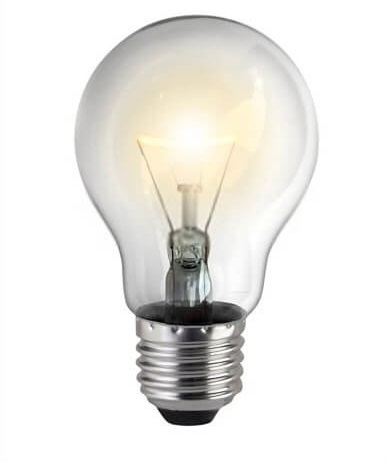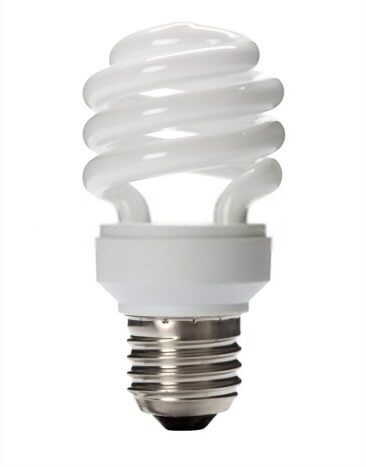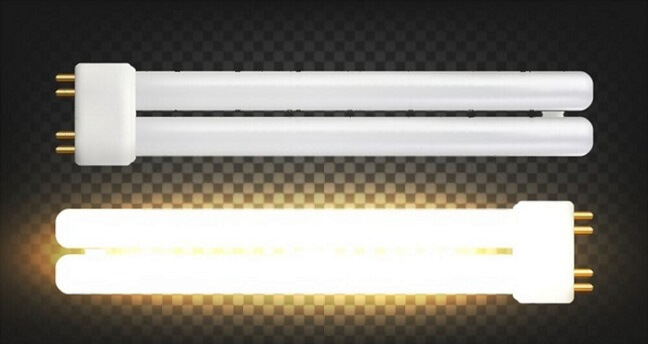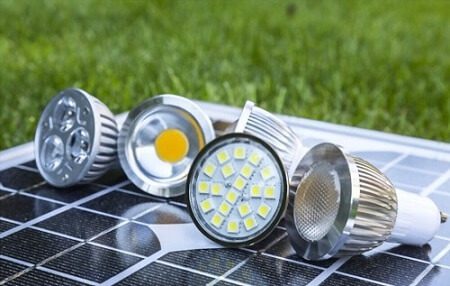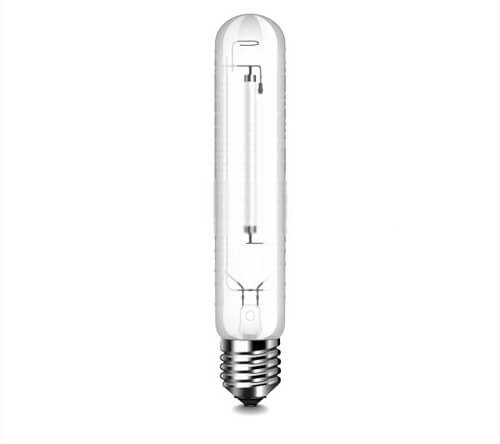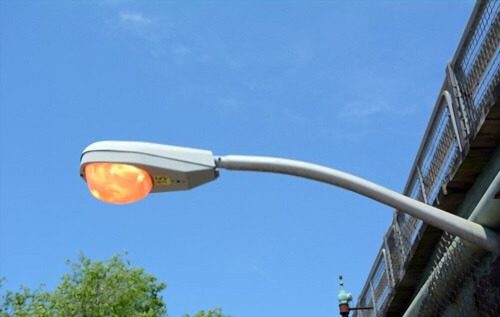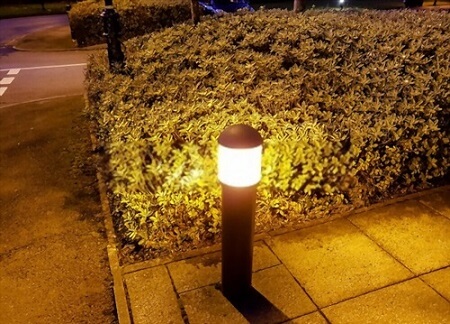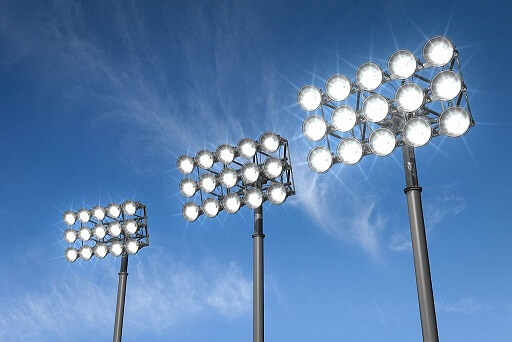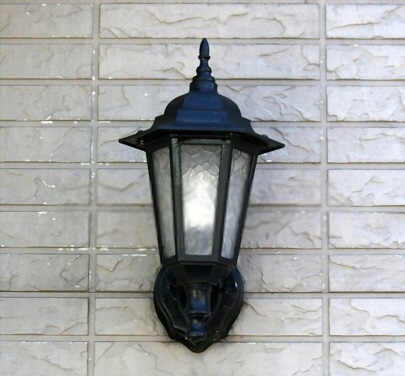When considering lighting, you will come across terms like luminaires and lamps. When thinking about changing things up in your lighting decor, you should be well-versed with the words like lamps and luminaires.
Confusing these two terms or not knowing completely about them can mess up the lighting scheme of your house, not only past the sunset but also under the sun. In this article, we have tried to cover all aspects concerning luminaires and lamps. Let us break it into one aspect at a time.
Outline
ToggleRegarding Lamps
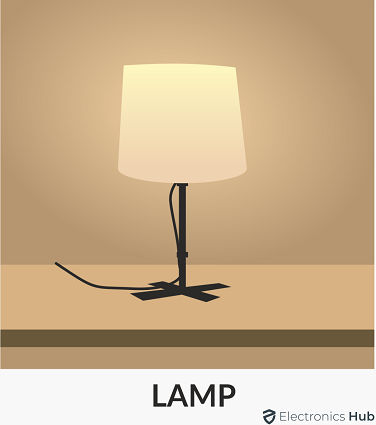
There are several different types of lamps. We have listed some of them, in the list below.
- Incandescent lamps
- CFL or Compact Fluorescent Lamps
- Fluorescent Tube lamps
- LEDs or Light Emitting Diode lamps
- Metal Halide lamps
Regarding Luminaires
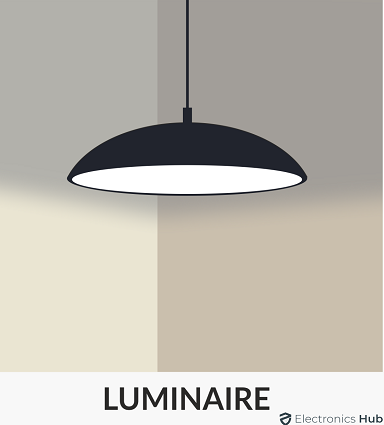
In the given list, we have mentioned some of the luminaires.
- Cobra heads or refractors
- Post Tops
- Bollards
- Floodlights
- Wall packs
Difference Between Lamps and Luminaires
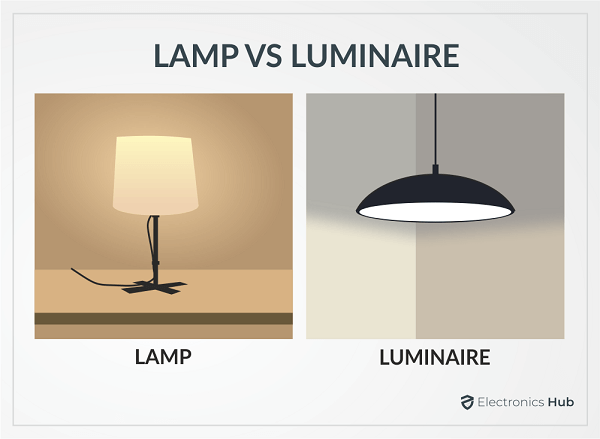
It is a common habit of using names like ceiling lamp, floor lamp and table lamp but the actual terms are ceiling luminaire, floor luminaire and table luminaire. Just as the devices that illuminate the streets are called street lights, they should be called street luminaires in the correct sense.
Therefore, the lamps are replaceable units that are the source of light while the whole lighting body including all the components is known as the light luminaire.
Things to Look Out for Before Selecting Lamps & Luminaires?
While searching for your perfect lamps or luminaires, you need to consider several factors. The critical things to consider when choosing any kind of lamp or luminaires are function, environment, personal preference, design material and other aesthetic properties. We have listed some of the main factors to consider when buying lamps and luminaires.
1. Lighting Requirement and Budget
The top concern when buying any luminaire or lamp is any person’s lighting requirement/ preference. The design of the building is not as primary as the lighting intensity of the lamp or the luminaire. The quality of the home decor and the landscape can be enhanced with the use of good lighting. If you are a person that prefers warmth, you should go for lights with warmer shades.
Another important criterion to consider when thinking about lamps or luminaires is the budget or the cost. For the lighting scheme of the home, it is very important to fix a budget and stick to it. For instance, till recently, the ideal source of light for better landscape lighting was tungsten halogen.
But on the downside, they consumed a lot of energy, had a short lifespan, low range of required voltage and produced a lot of heat.
So, to counter them, the new light source needed to have a higher lifespan, less lumen maintenance, and emit less heat. Fulfilling all these criteria, LED lamps are the best alternative. They are highly priced but given the durability, it is the economical option in the long run.
2. Selection of Environment-Friendly Lamps & Luminaires
When you are thinking of changing the lighting system of your house, you need to design the lighting plan keeping the environment in mind. If nature is not kept in mind while selecting the lights, it can have severe consequences in the long run.
There are many aspects we need to consider for the green concept of construction. Firstly, we need to choose products that consume lesser energy. For instance, if you use halogen lights, they use 90% of the energy producing heat, and therefore need more energy. This can have adverse effects on the climate and cause harm to plant and animal species.
3. Efficiency
The energy required by lamps & luminaires is mostly produced by natural sources. So, there are several problems when light sources consume a lot of energy. Firstly, the electricity bills will have a high increase which can burn a hole in your pocket. And then, the extra energy used by the lights could have been used by some other appliances. The wrong choice of lamps can decrease the regeneration time of natural resources and cause an energy emergency. Therefore, it is better to choose CFLs and LEDs as lighting sources for a tenable future.
4. Lifespan
All lamps and luminaires have their lifespan. After which, most of us throw away the products. They then end up in a dump yard and pollute the soil which has inevitable and long-term effects. The mercury contained in CFLs is highly toxic to humans, plants and animals. This can later cause kidney diseases, brain diseases and more.
Therefore, it is better to select lamps & luminaires which have a longer life. Also, you can go for options which are less toxic and are recyclable, like LEDs. Similarly, lights with greater luminous flux are a good option as they are required less in number so the lights required per area can be reduced.
5. Water Resistance of Lamps & Luminaires
When looking for a luminaire, you just consider the Ingress Protection or the IP number. All lamps have an IP number. The two digits in the IP number are significant as the first sight indicates the protection level against solid objects and the second digit indicates the protection level against liquids. So, there is a list of different IP numbers which signifies the protection level of various luminaires.
| First digit | Protection level against solids | Second digit | Protection level against liquids |
| 0 | No level of protection | 0 | No level of protection. |
| 1 | Protected against 50 mm objects or larger. | 1 | Protected against drops of vertically falling water. |
| 2 | Protected against 12 mm objects or larger. | 2 | Protected against drops of vertically falling water when the structure is tilted to an angle of 15°. |
| 3 | Protected against 2.5 mm objects or larger. | 3 | Protected against drops of sprayed water at to 60°angle or less (rain). |
| 4 | Protected against 1 mm objects or larger. | 4 | Protected against water splashes from all directions. |
| 5 | Protection against dust | 5 | Protected from a jet of water under low-pressure from all directions. |
| 6 | Tight against dust | 6 | Protected from a jet of water under high-pressure from all directions. |
| 7 | Protected when submerged up to 1m. | ||
| 8 | Protected when submerged more than 1m. |
Let us now have a look at the several types of lamps & luminaires that are available to us.
Lamps
We have discussed some varieties of lamps that are available to us in the market.
Incandescent Light Bulbs
These are the most common lamps that we have grown up with in our households. They come in a broad range of wattages. As these lamps emit a lot of heat while being used, they are replaced by fluorescent lamps, LEDs and other electronic devices with time. These incandescent lamps can work with a dimmer and are durable for 700 to 100 hours of use.
CFLs or Compact Fluorescent Lamp
These lamps are better known as fluorescent lamps. They are more durable and consume less power than incandescent lamps while producing equal amounts of light. They are good replacements to them. However, the mercury present in the CFLs pose a problem at the time of disposal. They generally work for 10,000 hours and cannot function with a dimmer. Their efficiency is also higher than that of incandescent lamps.
Fluorescent Tube Lamp
These are better recognised by tube lamps which are basically discharged gas tubes which use the fluorescence to emit visible light. In comparison to incandescent lamps, these tubes consume less power for equal intensity of light. But on the downside, they are more expensive and complex than the conventional incandescent lamps. They do not possess a great colour representation and hence are not suitable at places where colours play an important role. They are usually not compatible with dimmers but work well in case of power fluxions.
LED or Light Emitting Diodes
LEDs are electronic devices that work on semiconductors. These lamps have a long life, consume less power and don’t have a filament. LEDs are assembled as a lamp and can be utilised as a lighting system. Without the colour filters, they can produce light of any intended colour. However, the buying cost of the LED lights can be expensive.
Metal Halide Lamp
These consist of arc tubes or discharge tubes within the lamp. They are made of quartz or ceramic and also include mercury, starting gas and MH salts. They have high intensity with respect to their size and are suitable for commercial usage like on stages, traffic lights and halls.
Some other popular examples of lamps are low-pressure sodium bulbs, high-pressure sodium bulbs, high-intensity discharge bulbs, neon lights etc.
Luminaires
Now, let us concentrate on the different types of luminaires available to us in the market.
Cobra Heads or Refractors
The refractors are those luminaires that help to eliminate the harsh glare of the high-intensity lighting by keeping the intensity intact. Moreover, they can illuminate in the small vicinity and are highly capable for these purposes.
Post Tops
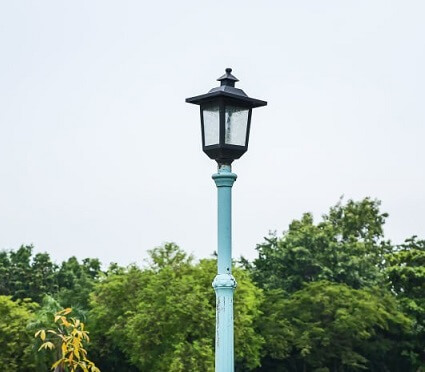
Bollards
These luminaires are used to light the pathways and the sidewalks or other outdoor applications and are installed about 2.5m to 4m apart. They come in various shapes and designs, like square or round, with flat or dome-shaped tops.
Floodlights
Floodlights are those luminaires which can emit a broad beam of light. We can infer by the name that these lights flood the given area with maximum light. They are arguably the best non-natural light to provide an enormous amount of light to the area. They are most suitable for outdoor stadiums when play is held in low-light conditions. They are also suitable for live performances where a high amount of light is required.
Wall Packs
These are better known as exterior building lights and are generally mounted on the outside walls of the buildings. They are typically exterior lights that are used to illuminate the ground areas that are visited by pedestrians and vehicles frequently.
Final Word
The perfect choice of the lamps and luminaires is not very easy but with the correct combination of both you can achieve your preferred level of lighting in the given area. With this guide at your disposal, we have tried to make your job a little easier. Each section attempts to answer all your questions regarding the lamps and the luminaires. If you still have doubts, you can write to us in the comments section below.

